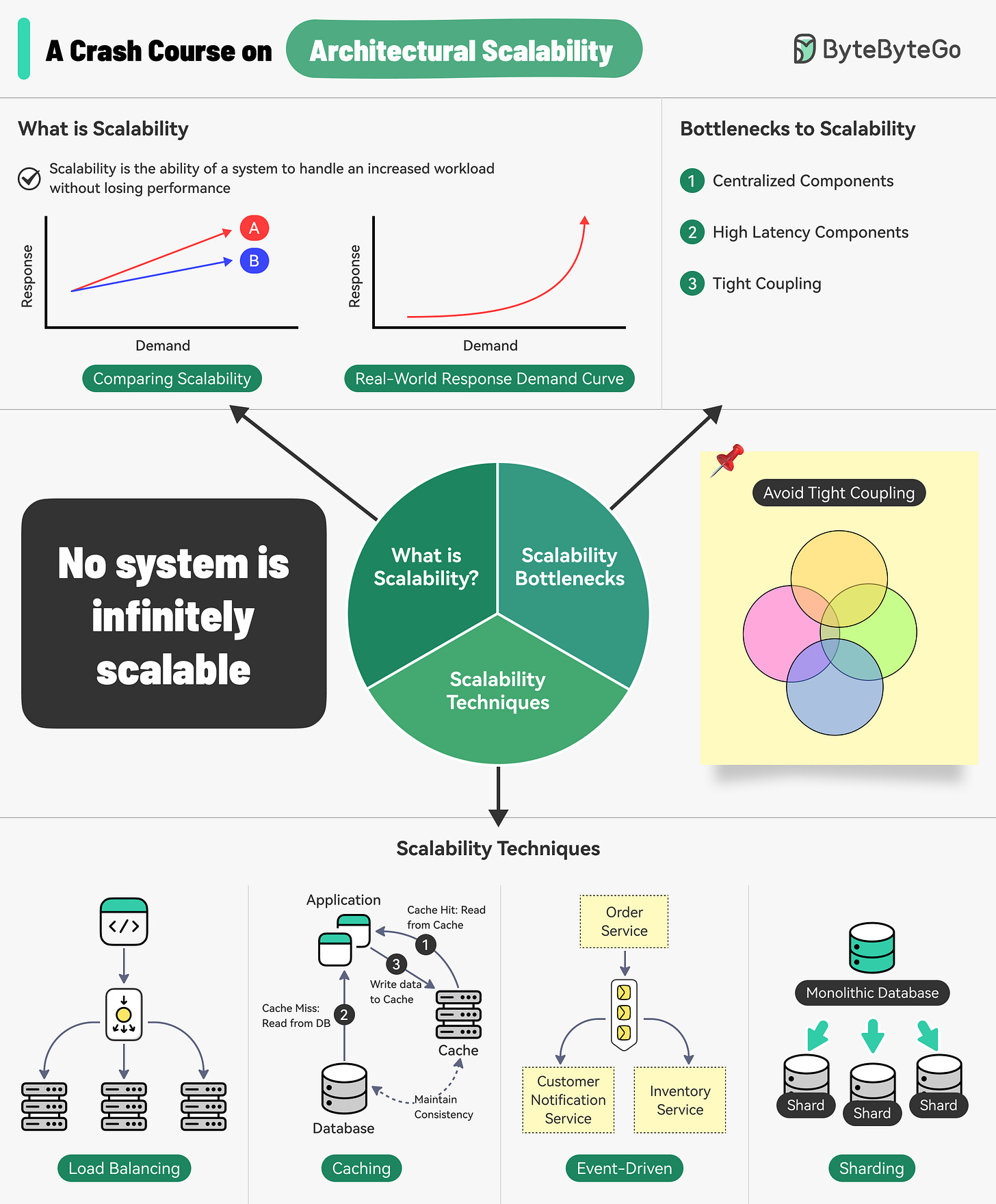A Crash Course on Architectural Scalability
In today's interconnected world, software applications have a global reach, serving users from diverse geographical locations.
With the rapid growth of social media and viral content, a single tweet or post can lead to a sudden and massive surge in traffic to an application. The importance of building applications with scalable architecture from the ground up has never been higher.
Being prepared for unexpected traffic spikes is indispensable for development teams building applications. A sudden increase in user demand may be just around the corner. Not being prepared for it can put immense pressure on the application's infrastructure. It not only causes performance degradation but can also, in some cases, result in a complete system failure.
To mitigate these risks and ensure a good user experience, teams must proactively design and build scalable architectures.
But what makes scalability such a desirable characteristic?
Scalability allows the application to dynamically adapt to changing workload requirements without compromising performance or availability.
In this post, we’ll understand the true meaning of scalability from different perspectives followed by the various techniques and principles that can help you scale the application’s architecture. Also, in subsequent posts in the coming weeks, we’ll take deeper dives into the scalability of each layer and component of a typical architecture.



